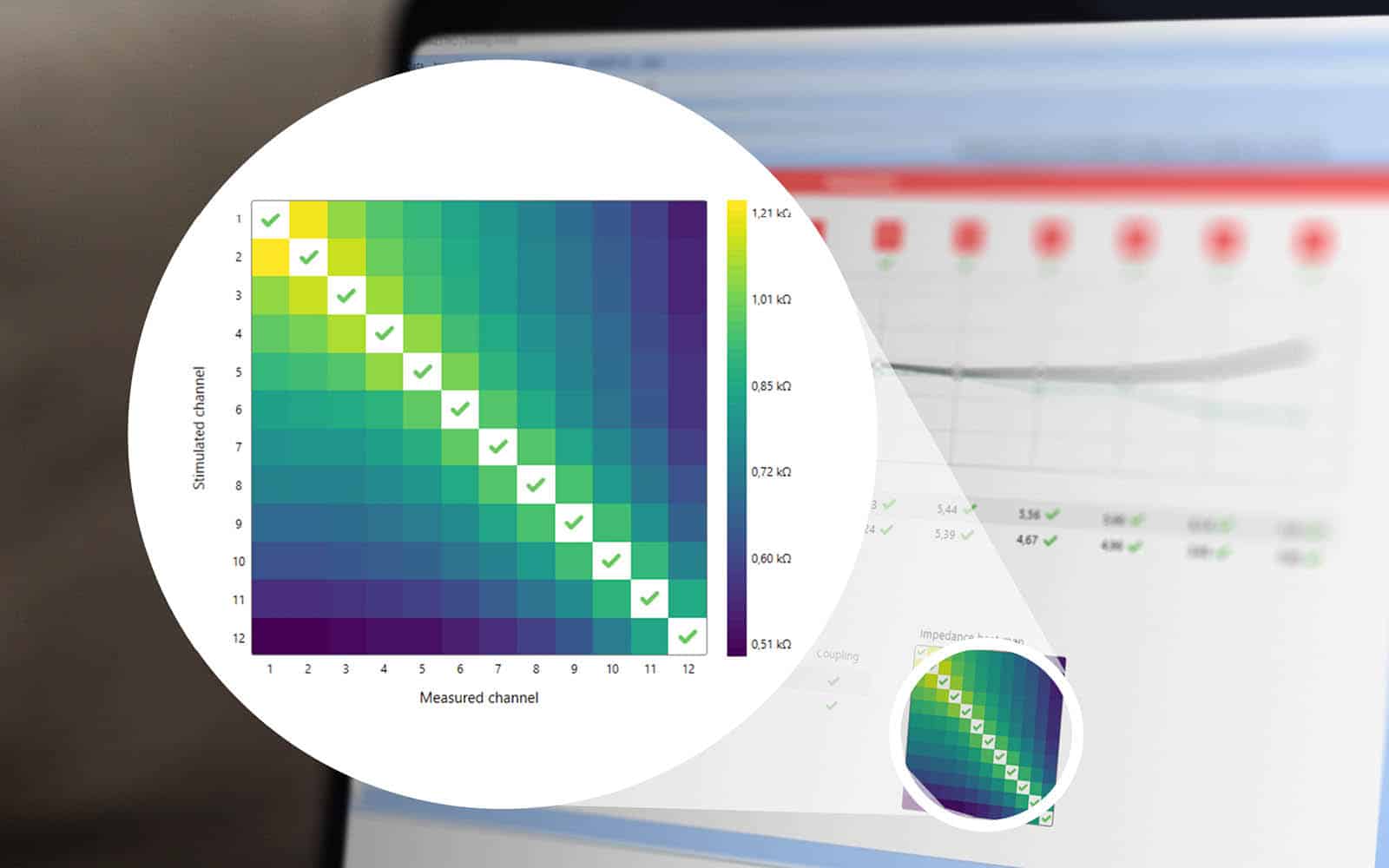
The latest MAESTRO cochlear implant fitting software comes with some practical new features, including color-coded IFT heat maps. IFT results are measured in seconds, and you can see the impedance status intuitively at a single glance.

The latest MAESTRO cochlear implant fitting software comes with some practical new features, including color-coded IFT heat maps. IFT results are measured in seconds, and you can see the impedance status intuitively at a single glance.
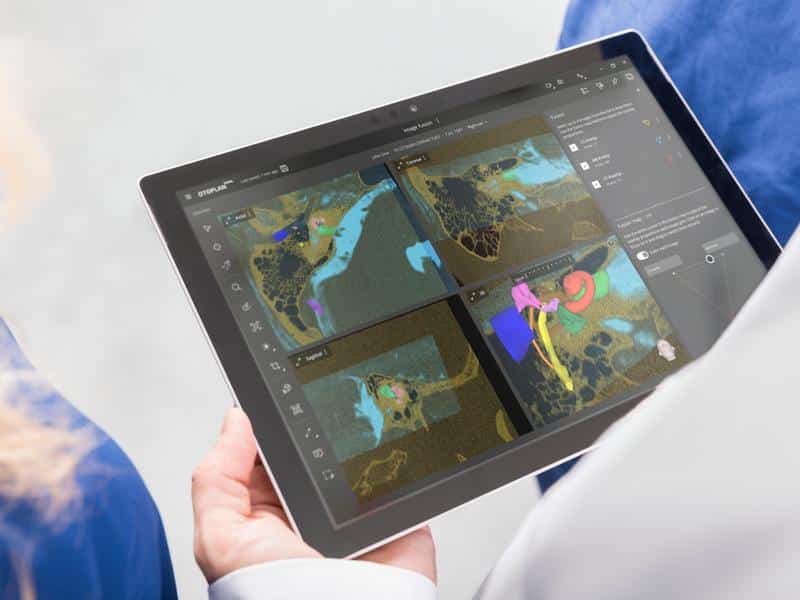
A new user interface, fully automatic 3D reconstruction and measurement of inner ear structures, simultaneous preoperative visualizations of various electrode arrays in the cochlea, support for placement planning of cochlear and bone conduction implants, and extensive postoperative analysis tools—those are just a few of the innovative features in the newest version of OTOPLAN. This software solution makes it possible to individualize hearing implant surgery—from planning the operation to the audiological fitting—like never before.
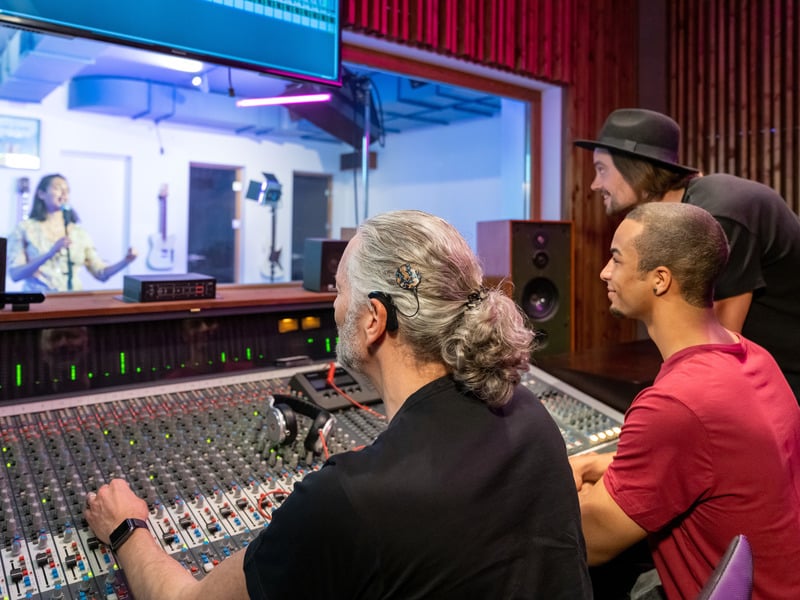
Understanding music is a complex process. MED-EL's cochlear implant technology makes it possible for users to perceive and appreciate music.
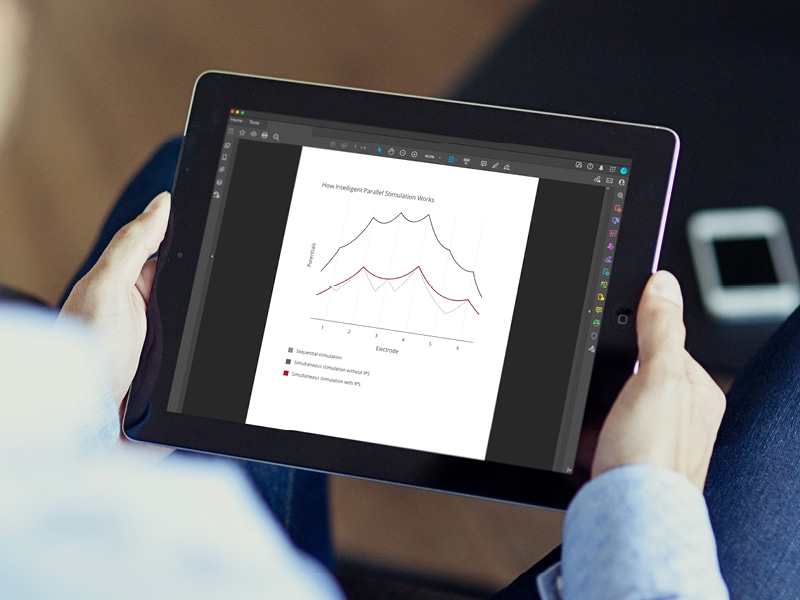
Since 2006, each channel or pair of electrodes in MED-EL’s cochlear implants has had its own current source. These 12 channels with independent current sources allow each electrode pair to stimulate the cochlea with more flexibility. For instance, several different electrode pairs can stimulate different places in the cochlea at precisely the same time, which is often referred to as simultaneous or parallel stimulation.
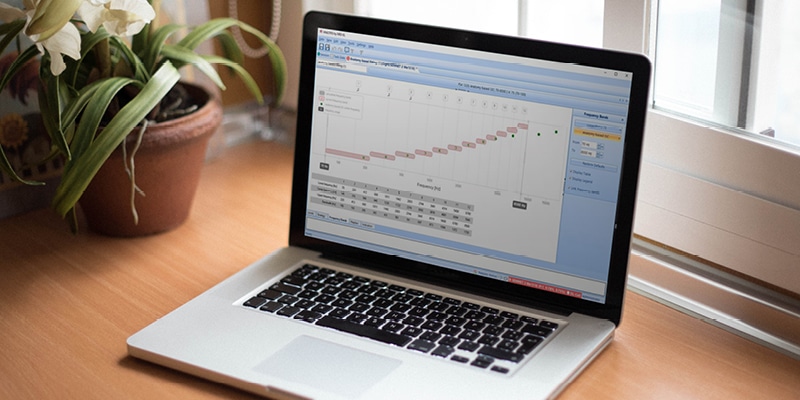
Clinicians are just starting to discover the great potential of anatomy-based fitting, an approach to cochlear implant frequency mapping that only MED-EL offers as part of our fitting software, MAESTRO, which is available to clinicians. It is the next step forward in providing cochlear implant recipients closer to natural hearing. As a new feature introduced with the release of MAESTRO 9.0, anatomy-based fitting (ABF) allows you to align the frequency map stimulated by the CI to the natural place-pitch frequency map in the cochlea as best as possible.
